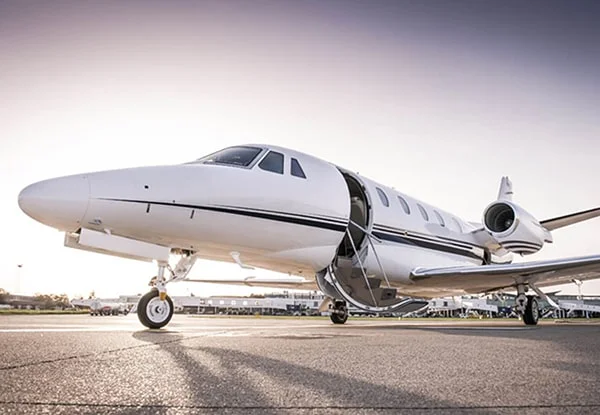Dry & Wet Leasing
We assist you to secure aircraft leasing contracts on wet, damp (ACMI), dry and hybrid bases. Working with chartering companies with over 30 years of experience we offer you the flexibility that ACMI provides for passenger and cargo airlines. Our team will help you with negotiating agreements to manage the operation and lease throughout the contract period. Leasing assures you of availability and flights ‘on-call’ to meet sudden or emergency demand for flights.
Even prior to the pandemic, reports suggest that around half of operational aircraft were leased by airlines or leasing companies. Since then, the demand for airplane leasing has only increased as companies are being forced to look for flight alternatives to canceled commercial airlines as a result of Covid-19, and because of an increase in regulations.
For Companies & Governments
Against this backdrop, aircraft lessors have proven invaluable, helping customers, companies, and governments navigate the challenges of the global pandemic. Under a leasing model, airplanes can be rented out for a substantial fee depending upon the type of lease, dry, damp, or wet.
In dry renting, the owner or lessor agrees to rent an aircraft to the lessee for the extent of the lease. This means that you’ll have to recruit a pilot as well as crew and support staff and handle all the administrative and employment maintenance. You would also have to pay the fuel bills and insurance costs.
With a damp lease, the owner or lessor will provide the aircraft as well as a flight crew as well as maintenance. However, in this type of lease, the lessee will supply the cabin crew.
And with a ‘wet lease’, the owner or lessor will provide what is known as ACMI, which stands for aircraft, crew, maintenance, and insurance. (However, the lessee will still be responsible for operating costs such as catering and fuel and for paying airport fees, ground handling charges, and navigation fees as well.)
Different types of leasing. Different advantages.
Wet leasing, for instance, can be used as a means of reducing disruption to services in the event of unforeseen situations such as a lack of available crew, unexpected maintenance delays, or if there is a technical fault with an aircraft that means that it cannot be flown. Wet leased aircraft can quickly be brought in to ensure continuous and smooth operations. For example, in 2013, after Boeing’s 787 Dreamliner model was grounded as a result of a string of fires in their lithium-ion battery packs, a number of different wet-lease aircraft operators were brought in to operate its scheduled services.
However, unless you’re going to be using the aircraft fairly regularly, a dry lease might be a better option. Otherwise, there is no point in paying for an entire aircraft crew.
So, while each type of lease offers a variety of benefits, you’ll need to choose between the types of leases very carefully, as that will be the one you will have to use for the lease term.
This is where Bluedot can help
Bluedot helps negotiate agreements
We assist you to secure aircraft leasing contracts on wet, damp (ACMI), dry and hybrid bases.
Working with chartering companies with over 30 years of experience we offer you the flexibility that ACMI provides for passenger and cargo airlines. Our team will help you with negotiating agreements to manage the operation and lease throughout the contract period. Leasing assures you of availability and flights ‘on-call’ to meet sudden or emergency demand for flights.
Have more questions about Aircraft Leasing? Contact Bluedot Air Charters on +971 55 188 1441 today for all your queries and booking information.
